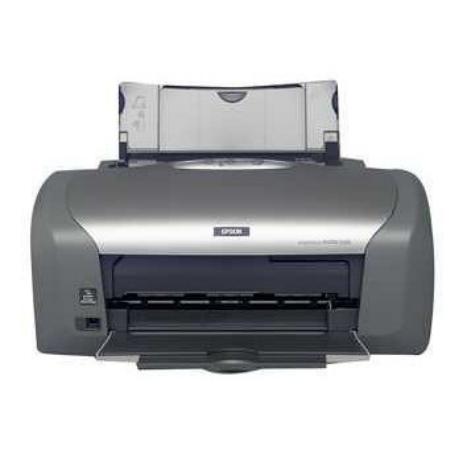
The printing industry is not exempt from the effects of climate change, depletion of our natural resources, and corporate social responsibility. Apart from factors such as volume-based prices and time availabilities, the environmental impact of digital versus offset printing methods is also now being taken into consideration. There is a prevailing belief that shifting from print media to electronic and digital alternatives is more advantageous to the environment. Those opposed to this shift maintain that only a few industries are as sustainable as the paper and printing industries. However, there are many technological concerns to be addressed when assessing environmental and sustainability issues of the printing industry, and comparing various printing techniques and production processes.
From a technical standpoint, digital printing is the fastest growing sector of the printing industry. For the past decade or so, digital printing techniques have become more reliable and cost-effective. Thanks to integrated finishing equipment and speedier presses, the productivity level of digital printing systems has improved tremendously. Furthermore, the selection of alternative paper grades has expanded significantly, and the image quality has improved to a level close to what is called ‘offset quality’.
Comparable to its technical development, digital printing has moved in to take its share of existing print markets, primarily in short-run jobs. Digital methods do not make use of a master, which could be a cylinder or fixed printing plate, which allows a faster production start compared to offset printing. In the production of books, documents, and publications with a print run of 1,000 to 2,000 copies, electrophotography is gaining ground from offset printing. In the advertising and poster market, large-format inkjet is challenging screen-printing.
On the other hand, graphic designers and print experts still maintain that offset printing offers superior image quality compared to digital printing. Offset printing provides users with more options in terms of print materials. Numerous graphic design projects require unusual paper sizes and types, as well as specialized inks and finishes.
In addition, Pantone inks and the Pantone Matching system make offset printing a better choice when it comes to control and color accuracy. High-volume graphic design projects also cost less and take less time when done through traditional offset printing. The bulk of offset printing costs go to the press setup and preparation, although the unit price goes down when the job is high volume.
When it comes to the environmental impact of printing, offset printing has not always had a good reputation. Not only does it make use of more energy and chemicals, it also consumes massive amounts of paper, water, plastics, and aluminum. However, the increased environmental awareness of many businesses today has compelled the offset printing industry to lessen their carbon footprint. Nowadays, printing chemicals are hardly flushed into the sewerage, and computer-to-plate technology has significantly lessened the use of film.
Digital printing also has its own environmental advantages. For instance, digital printing possesses the technical prerequisites for better materials efficiency than traditional printing methods. This edge is based on the make-ready and master-less technique, which allow on-demand printing and eliminate overprints.














